Material Guide: Choosing the Right Drawing Pencils
If you’re an artist, you know that the right tools can make all the difference in your creative journey. Choosing the perfect drawing pencil is not just about picking up any old pencil; it’s about finding the one that speaks to your artistic soul. Whether you’re sketching a quick idea or crafting a detailed masterpiece, understanding the nuances of drawing pencils can elevate your work to new heights. In this guide, we’ll dive deep into the world of drawing pencils, exploring their various types, characteristics, and how they can impact your artistic expression. From the subtle differences in pencil grades to the vibrant hues of colored pencils, we’ll help you discover essential tips that cater to artists at all skill levels. So grab your sketchbook, and let’s embark on this colorful journey of creativity!
Pencil grades are like a secret code that unlocks the potential of your drawings. They indicate the hardness or softness of the lead, which directly affects the darkness and lightness of the marks you make on paper. The grading scale typically ranges from H (hard) to B (soft), with F (fine point) sitting in the middle. For instance, a 2B pencil is softer and will produce darker lines, while a 2H pencil is harder, creating lighter marks. Understanding how to interpret these grades is crucial for choosing the right pencil that aligns with your drawing style. It’s kind of like picking the right brush for painting; each pencil grade offers a unique texture and tone that can dramatically change your artwork. So, next time you’re in the art store, pay close attention to those little numbers and letters!
When it comes to drawing pencils, variety is the spice of life! There are several types available, each serving different artistic purposes. The most common types include:
- Graphite Pencils: The classic choice for artists, perfect for a range of techniques.
- Colored Pencils: Ideal for adding vibrant colors to your artwork.
- Mechanical Pencils: Great for precision and consistent line thickness.
Understanding these types can significantly enhance your drawing experience. For example, graphite pencils are versatile and can be used for everything from detailed sketches to broad shading. Colored pencils, on the other hand, allow for a splash of creativity and can be layered to create stunning effects. The key is to experiment with different types and find out what resonates with your style!
Graphite pencils are the bread and butter of the drawing world. They come in various grades, allowing artists to achieve a wide range of tonal values and techniques. The beauty of graphite lies in its ability to create everything from soft, delicate lines to deep, rich shadows. When you’re using graphite, it’s essential to consider the hardness of the pencil. Softer pencils, like 4B or 6B, are fantastic for shading and creating depth, while harder pencils, such as 2H or 4H, are perfect for fine details and crisp lines.
Understanding the differences between soft and hard graphite is crucial for any artist. Soft graphite pencils produce darker lines, making them ideal for shading and creating a sense of depth in your drawings. On the flip side, hard pencils create lighter, finer lines that are great for detailed work. Think of it this way: soft graphite is like a cozy blanket that wraps around your artwork, while hard graphite is more like a sharp knife, cutting through the paper with precision. Knowing when to use each type can help you achieve the desired effects in your art.
Mastering techniques with graphite pencils can significantly enhance your drawings. Techniques such as blending, layering, and cross-hatching can add dimension and texture to your work. For instance, blending can create smooth transitions between light and dark areas, while layering allows you to build up tones gradually. Experimenting with these methods will not only improve your skills but also give your artwork a unique flair. So grab that eraser, practice a bit, and watch your drawings come to life!
Colored pencils are a fantastic way to express your creativity. They offer vibrant hues and are incredibly versatile, suitable for various styles ranging from detailed illustrations to broad strokes. The unique qualities of colored pencils allow artists to create stunning gradients and intricate details. You can layer colors to achieve depth and richness that might be hard to replicate with other mediums. Plus, the portability of colored pencils makes them perfect for artists on the go!
Mechanical pencils have carved out a niche for themselves, particularly among technical artists and illustrators. They provide precision and consistent line thickness, which is especially beneficial when working on intricate designs. One of the best things about mechanical pencils is that you never have to sharpen them! Just click, and you’re ready to go. This feature not only saves time but also ensures that your lines remain crisp and clean throughout your drawing session.
Mechanical pencils use different lead types, including graphite and colored leads. Understanding these options allows you to choose the best fit for your drawing techniques. For example, if you’re looking for a pencil that can handle fine details, a 0.5mm lead might be your best bet. Conversely, if you want to create broader strokes, you might opt for a 0.7mm lead. Each type has its own strengths, so it’s worth exploring to find what works best for you!
The advantages of mechanical pencils are hard to ignore. Not only do they eliminate the need for sharpening, but they also provide consistent line width, which can be crucial for technical drawings. Additionally, switching leads is a breeze, allowing you to experiment with different thicknesses and styles without having to carry around multiple pencils. With these features, mechanical pencils can truly enhance your drawing experience, making them a favorite among many artists.
Q: What pencil grade should I start with as a beginner?
A: If you're just starting, a range of pencils from 2H to 4B is a great choice. It gives you a balance of hard and soft leads for various techniques.
Q: Can I use colored pencils for detailed work?
A: Absolutely! Colored pencils can be used for both detailed work and broader strokes. Just remember to layer your colors for the best results.
Q: What are the best mechanical pencil leads for sketching?
A: For sketching, 0.5mm leads are popular as they provide a good balance between precision and thickness. However, it ultimately depends on your personal preference!
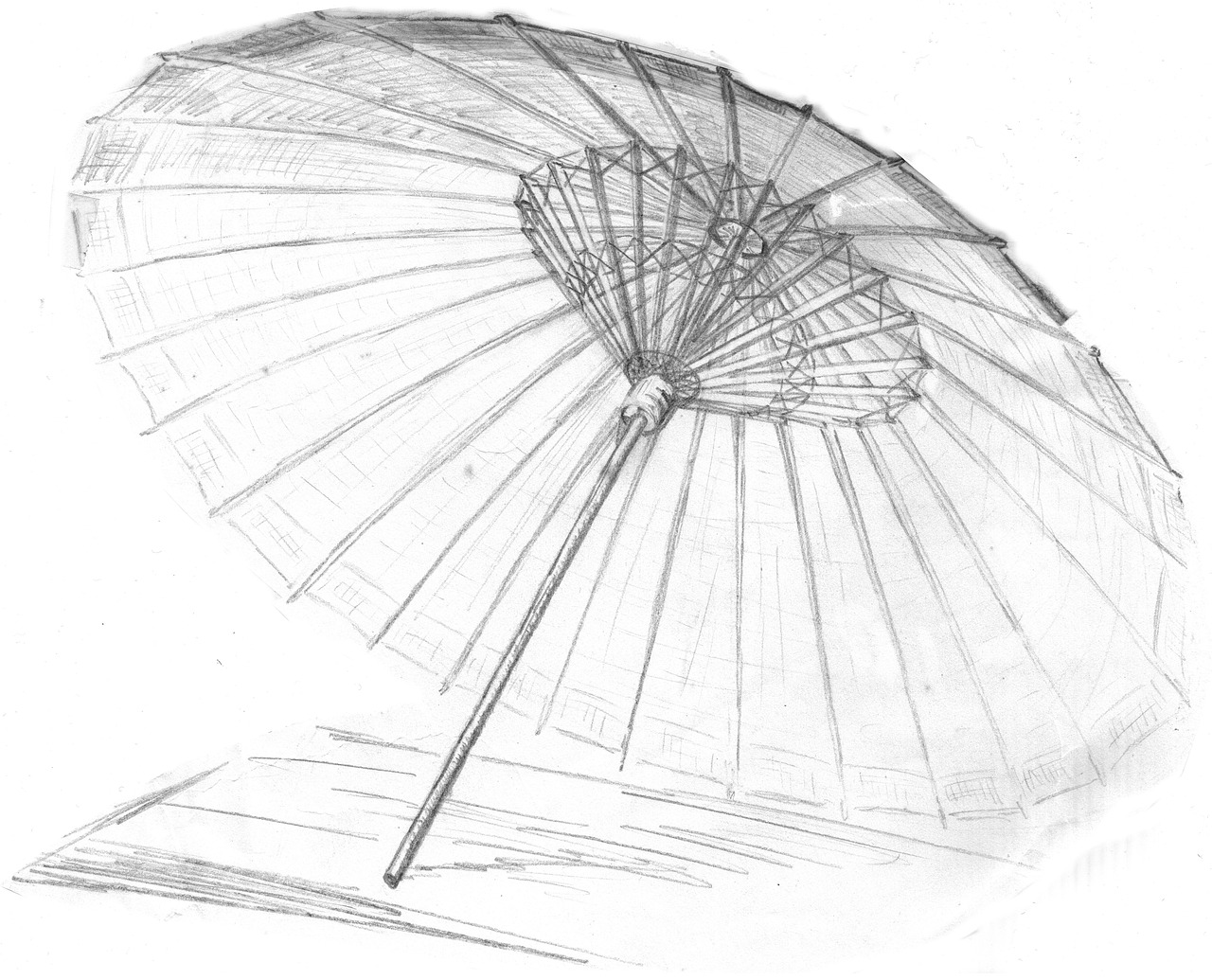
Understanding Pencil Grades
When it comes to drawing, understanding pencil grades is crucial for achieving the desired effects in your artwork. The grades of pencils indicate the hardness or softness of the lead, which directly influences the darkness of the marks you can create. Pencil grades typically range from H (hard) to B (black), with F (fine point) and HB (medium) in between. This grading system can seem a bit confusing at first, but once you get the hang of it, it opens up a world of possibilities for your artistic expression.
The H pencils are known for their hard lead, which produces lighter marks. These are perfect for fine details and intricate line work. On the other hand, B pencils, which are softer, yield darker and richer lines, making them ideal for shading and creating depth in your drawings. The HB pencil is often regarded as the all-purpose pencil, striking a balance between hard and soft, making it a favorite among beginners and seasoned artists alike.
To give you a clearer picture, here’s a simple breakdown of how the grades affect your drawing:
| Grade | Hardness | Best For |
|---|---|---|
| H | Hard | Fine details and light lines |
| F | Fine point | General use and sketching |
| HB | Medium | Versatile drawing and writing |
| B | Soft | Shading and darker lines |
So, how do you choose the right pencil grade for your drawing style? It often comes down to personal preference and the specific requirements of your project. If you're working on detailed illustrations, you might gravitate towards harder pencils for precision. Conversely, if you're focusing on shading or creating bold lines, softer pencils will be your best friend. Remember, experimenting with different grades can help you discover what works best for you!
In conclusion, understanding pencil grades is more than just a technicality; it’s about unlocking your potential as an artist. By mastering the nuances of these grades, you can enhance your drawing skills and express your creativity more effectively. So, the next time you pick up a pencil, consider what grade you’re using and how it can impact your artwork.
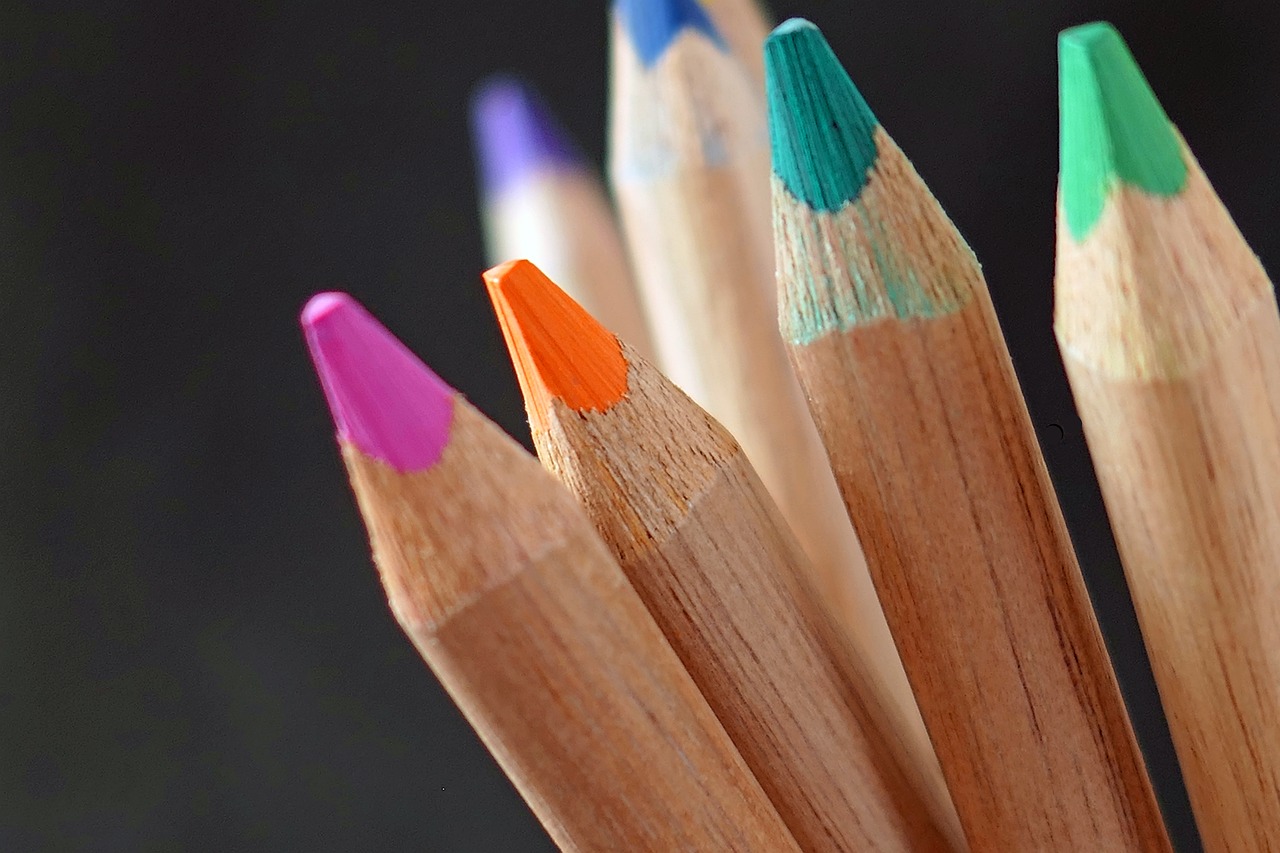
Types of Drawing Pencils
When it comes to drawing pencils, the choices can be as diverse as the artists who use them. Each type of pencil serves a unique purpose and can dramatically affect your artistic expression. Whether you’re sketching a quick idea or creating a detailed masterpiece, understanding the various types of drawing pencils can enhance your experience and results. Let's dive into the main categories of drawing pencils that every artist should consider.
First up, we have graphite pencils, which are undoubtedly the most popular choice among artists. They come in a range of grades, from very soft to very hard, allowing for an expansive range of tonal values. This flexibility means you can create everything from deep, dark shadows to delicate, light lines. The beauty of graphite lies in its versatility – it can be used for everything from detailed portraits to abstract sketches.
Next, we have colored pencils. These vibrant tools add a splash of color to your artwork, making them perfect for everything from detailed illustrations to broad, expressive strokes. Colored pencils are available in various formulations, including wax-based and oil-based, each offering different characteristics. Wax-based pencils tend to be softer and can produce richer colors, while oil-based pencils are harder and provide a smoother application. The choice between these types can significantly impact the final look of your artwork.
Another category worth mentioning is mechanical pencils. These pencils are designed for precision and consistent line thickness, making them a favorite among technical artists and illustrators. With mechanical pencils, you don't have to worry about sharpening; you simply click to advance the lead, ensuring you always have a fine point ready for detailed work. They come in various lead sizes, allowing for different line widths, which can be crucial for intricate designs.
In addition to these primary types, there are also specialty pencils, such as charcoal pencils and pastel pencils. Charcoal pencils are perfect for artists who love the rich, dark lines that charcoal can provide, while pastel pencils offer a unique way to blend colors and create soft, dreamy effects. Each of these types brings its own flair to the drawing process, making it essential for artists to experiment and find what suits their style best.
To summarize, here’s a quick overview of the types of drawing pencils:
| Type of Pencil | Characteristics | Best For |
|---|---|---|
| Graphite Pencils | Range of hardness; versatile tonal values | Sketching, detailed work, shading |
| Colored Pencils | Vibrant colors; available in wax and oil bases | Illustrations, mixed media, vibrant artwork |
| Mechanical Pencils | Consistent line thickness; no sharpening | Technical drawing, precise illustrations |
| Charcoal Pencils | Dark, rich lines; blendable | Expressive sketches, shading |
| Pastel Pencils | Soft colors; blendable | Soft artwork, blending techniques |
Ultimately, the type of pencil you choose should reflect your personal style and the techniques you wish to explore. Experimenting with different pencils can lead to exciting discoveries in your artistic journey. So, grab a few different types and see how they feel in your hand – you might just find your new favorite tool!
Q: What type of pencil is best for beginners?
A: Graphite pencils are generally the best choice for beginners due to their versatility and ease of use. They allow you to practice various techniques without overwhelming you with options.
Q: Can I use colored pencils for detailed work?
A: Absolutely! Colored pencils can be used for detailed work, especially if you choose high-quality brands that offer fine tips for precision.
Q: What are the advantages of mechanical pencils?
A: Mechanical pencils offer consistent line width, eliminate the need for sharpening, and allow for easy lead replacement, making them ideal for precise drawing tasks.
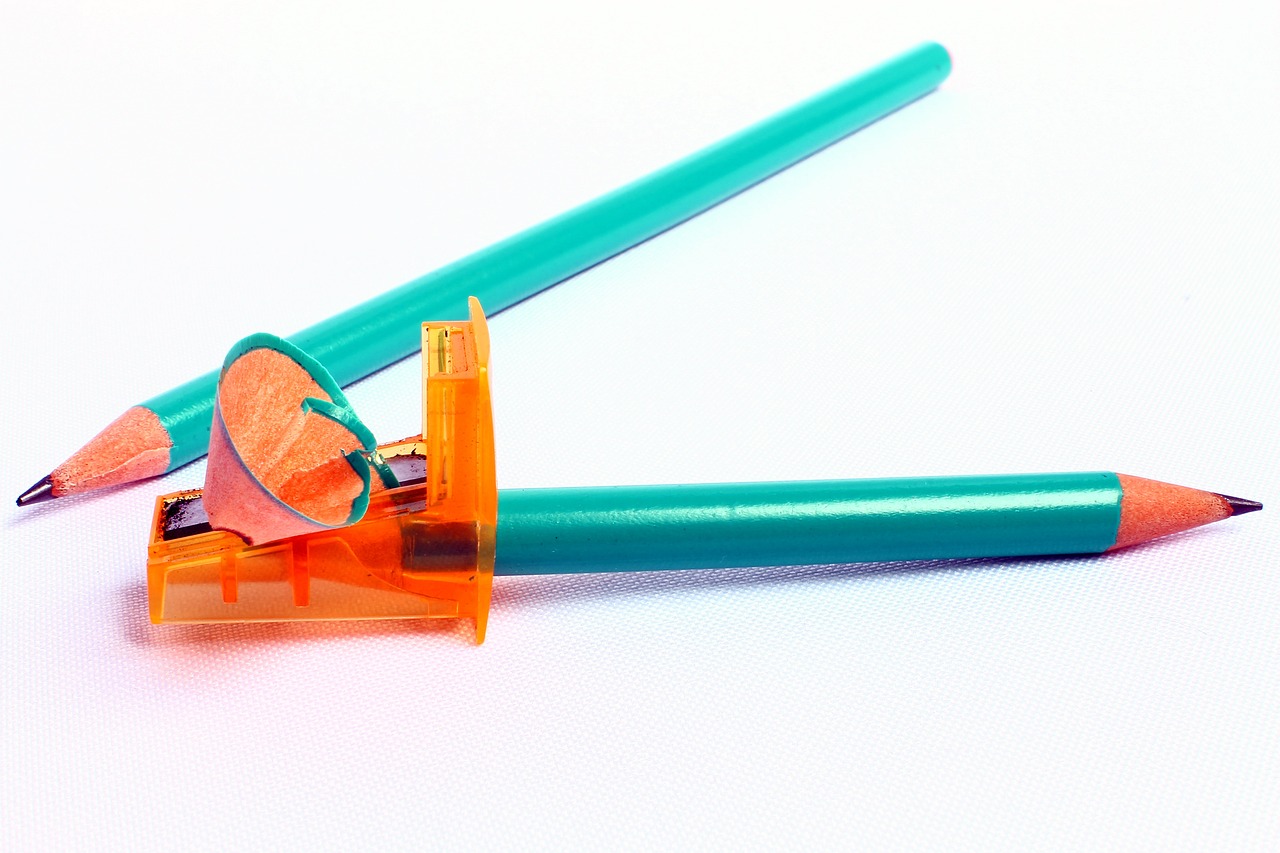
Graphite Pencils
Graphite pencils are the backbone of many artists’ toolkits, and for good reason! They are incredibly versatile and come in a variety of grades, allowing artists to explore a wide range of tonal values. Whether you're sketching a quick concept or working on a detailed portrait, graphite pencils can adapt to your needs. The beauty of these pencils lies in their ability to create everything from soft, delicate lines to bold, striking strokes. This flexibility makes them a favorite among both beginners and seasoned professionals.
When you pick up a graphite pencil, the first thing you might notice is the number and letter grading system that indicates its hardness or softness. This grading system is essential for artists to understand, as it directly affects the darkness and texture of the marks they make. For instance, a pencil graded with a 'B' (like 2B or 6B) indicates a softer lead that produces darker lines, perfect for shading and creating depth. On the other hand, an 'H' grade (such as 2H or 4H) signifies a harder lead that results in lighter, finer lines, ideal for detailed work. Here’s a quick breakdown of the grading system:
| Grade | Type | Characteristics |
|---|---|---|
| H | Hard | Produces light marks, ideal for fine details. |
| B | Soft | Produces darker marks, great for shading. |
| F | Fine Point | A middle ground between H and B, versatile for many styles. |
To make the most out of your graphite pencils, mastering a few techniques can elevate your artwork significantly. For example, blending is a popular method that softens harsh lines and creates smooth transitions between shades. You can achieve this by using a blending stump or even your fingers! Layering is another effective technique—by applying multiple layers of different grades, you can create rich textures and depth in your drawings. Imagine building a house; each layer of graphite is like a brick that contributes to the overall structure of your artwork.
Additionally, experimenting with different pressures while drawing can yield fascinating results. Light pressure with a harder pencil can create subtle textures, while heavy pressure with a softer pencil can produce bold, dramatic effects. This dynamic range allows artists to express emotions and moods through their artwork, making graphite pencils an essential medium for any creative journey.
In conclusion, graphite pencils are not just tools; they are gateways to artistic expression. Their versatility, combined with an understanding of their grades and effective techniques, can help you unlock new dimensions in your artwork. So, whether you're doodling in a sketchbook or crafting a masterpiece, remember that the right graphite pencil can make all the difference!
- What is the difference between H and B pencils? H pencils are harder and produce lighter marks, while B pencils are softer and create darker lines.
- Can I use graphite pencils for color drawings? While graphite pencils are primarily for monochrome work, they can be used in combination with colored pencils for unique effects.
- How do I maintain my graphite pencils? Keep them sharpened for the best results, and store them in a case to avoid breakage.
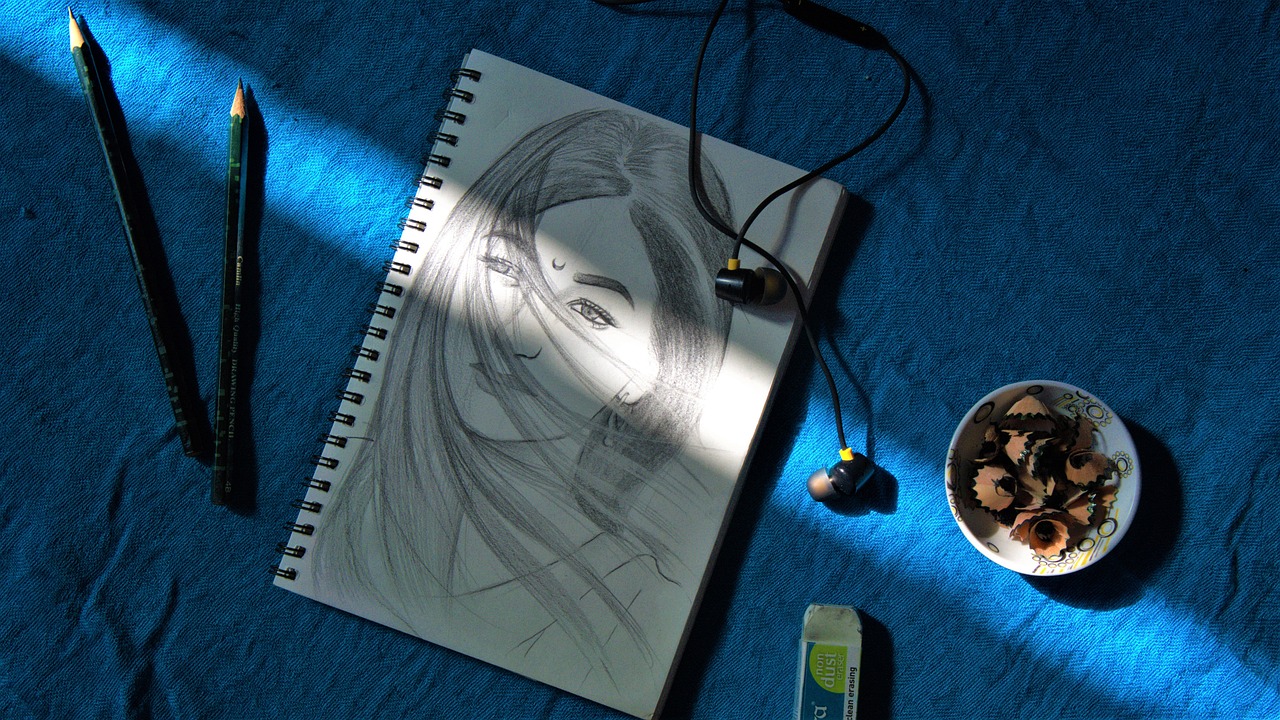
Soft vs. Hard Graphite
When it comes to the world of drawing pencils, understanding the distinction between soft and hard graphite is crucial for achieving the desired effects in your artwork. Soft graphite pencils, typically graded with a lower number (like 2B, 4B, or 6B), are known for producing darker, richer lines. They glide smoothly across the paper, allowing artists to create deep shadows and bold strokes that can bring life to any sketch. Imagine soft graphite as a luxurious velvet that envelops your canvas, creating depth and texture with every stroke.
On the other hand, hard graphite pencils, which are graded with higher numbers (like H, 2H, or 4H), yield lighter, finer lines. These pencils are perfect for precise details and intricate line work, much like a sharp needle that stitches together the finer aspects of your drawing. They resist smudging, making them ideal for technical drawings or when you need to add delicate touches to your artwork. The contrast between soft and hard graphite pencils allows artists to explore a vast range of tonal values, enabling them to express their creativity fully.
To give you a clearer picture, here's a quick comparison:
| Type of Graphite | Characteristics | Best For |
|---|---|---|
| Soft Graphite | Darker, smoother lines; blends easily | Shading, bold sketches, expressive art |
| Hard Graphite | Lighter, sharper lines; less smudging | Fine details, technical drawings, precision work |
When choosing between soft and hard graphite, consider the style of your artwork and the effects you want to achieve. Do you want to create a dramatic contrast in your piece? Then reach for that soft pencil. Or are you aiming for intricate detailing? The hard pencil is your go-to. Ultimately, experimenting with both types will not only enhance your skills but also open up new avenues for your artistic expression.
- Can I use both soft and hard pencils in one drawing?
Absolutely! Many artists use a combination of both to achieve a wider range of effects. - How do I know which grade to choose?
It depends on your personal style and the specific requirements of your artwork. Experiment with different grades to find what works best for you. - Do softer pencils wear down faster?
Yes, soft pencils tend to wear down more quickly than hard pencils due to their softer lead composition.
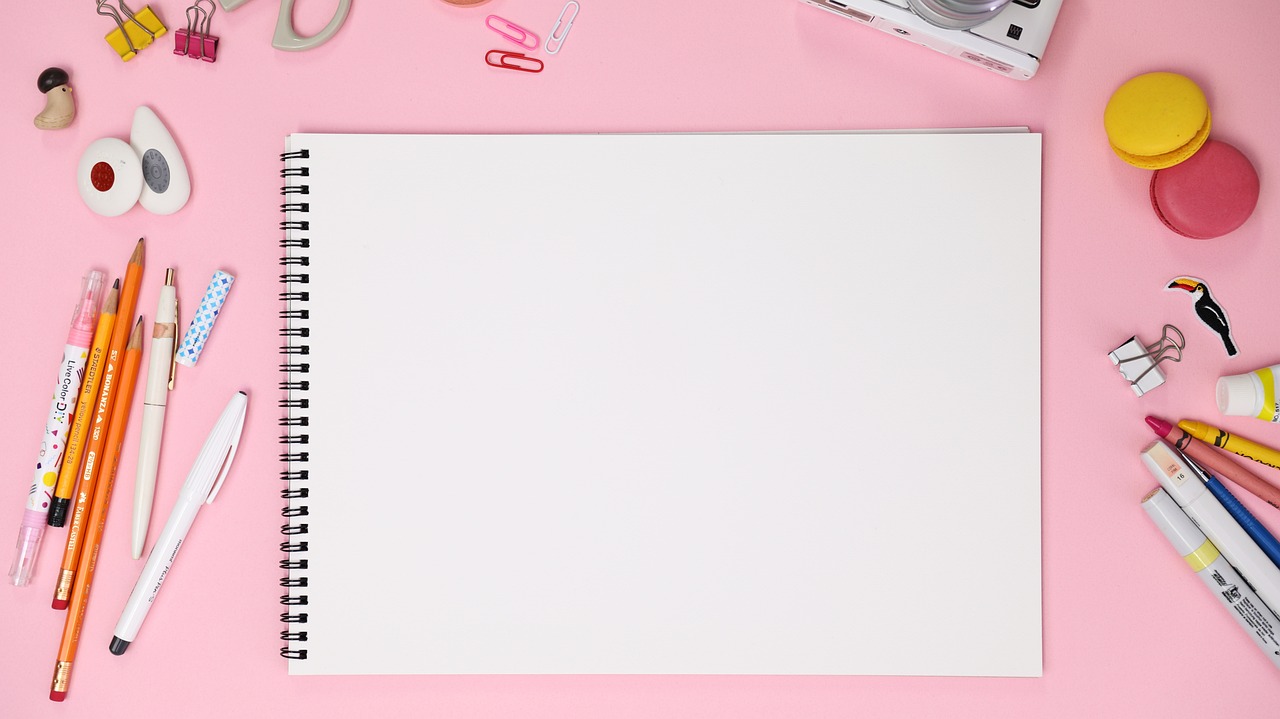
Using Graphite Pencils Effectively
When it comes to using graphite pencils effectively, the key lies in mastering a few essential techniques that can elevate your artwork to new heights. Imagine your pencil as a magic wand, capable of transforming a blank page into a vivid expression of your imagination. To harness this power, it’s vital to understand how to manipulate the pencil and the medium you’re working with.
One of the foundational techniques is blending. This approach allows you to create smooth transitions between different tones, giving your drawings a more realistic appearance. You can blend graphite using various tools, such as a blending stump, your finger, or even a soft cloth. Each method offers a unique texture and effect, so don’t hesitate to experiment. For instance, using a blending stump can provide a softer finish, while your finger can create a more organic look. Remember, blending is about subtlety; a little goes a long way!
Another crucial technique is layering. Layering involves applying multiple layers of graphite to build depth and richness in your drawings. Start with light pressure to lay down your initial strokes, then gradually increase the pressure as you add more layers. This method not only enhances the tonal range but also allows for corrections and adjustments along the way. Think of layering as building a cake; each layer adds flavor and complexity to the final product. The more you practice, the more comfortable you’ll become with this technique, leading to stunning results.
Additionally, don’t overlook the importance of line variation. By altering the pressure and angle at which you hold your pencil, you can create a range of line weights, from delicate and fine to bold and expressive. This variation can add dynamism to your artwork, making it more engaging to the viewer. It’s like adding spices to a dish; the right amount can elevate your creation from ordinary to extraordinary!
To further enhance your graphite pencil skills, consider keeping a sketchbook dedicated to practice. Use it to experiment with different techniques, styles, and subjects without the pressure of creating a finished piece. This space is your playground—try out new methods, doodle freely, and don’t be afraid to make mistakes. After all, every great artist started somewhere, and practice is the bridge to improvement!
Lastly, remember that patience is key. Mastering these techniques won’t happen overnight, but with persistence and dedication, you’ll see progress in your artistic journey. Embrace the process, enjoy the exploration, and let your creativity flow. With time, you’ll find that using graphite pencils effectively becomes second nature, allowing you to express your artistic vision with confidence.
- What type of paper is best for graphite pencil drawings?
Using textured paper can enhance the grip of the pencil, allowing for better shading and blending. Look for papers labeled as "drawing" or "sketch" for optimal results.
- Can I use water with graphite pencils?
Yes, water can be used to create washes and blend graphite. However, be cautious as too much water can damage the paper.
- How do I keep my pencils sharp?
Invest in a good quality sharpener or use a craft knife for precise sharpening. Keeping your pencils sharp will help you achieve finer details in your work.
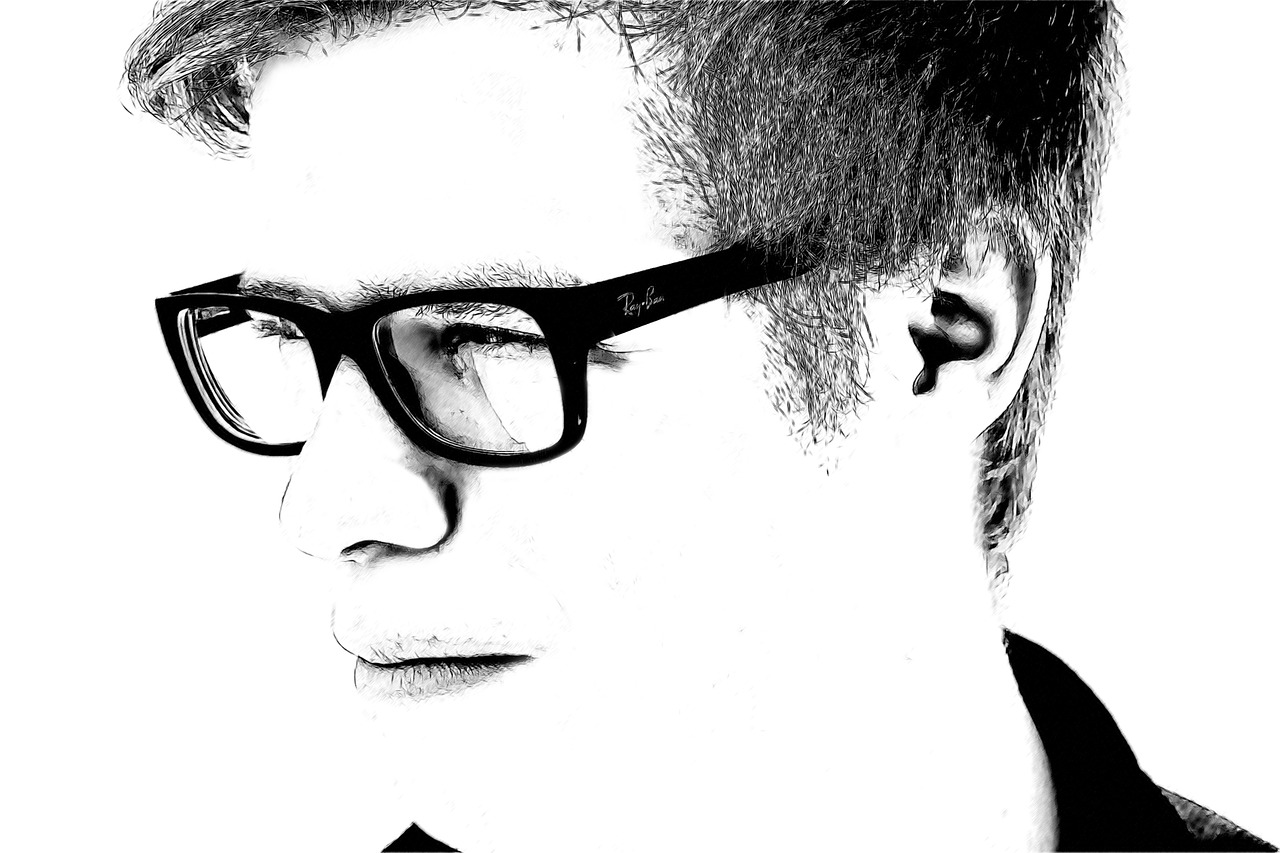
Colored Pencils
Colored pencils are a fantastic medium for artists of all levels, offering a vibrant palette that can bring any artwork to life. Whether you're sketching a quick doodle or working on a detailed masterpiece, colored pencils provide an incredible range of expression. Unlike other mediums, such as watercolors or oils, colored pencils allow for precise application, making them ideal for both fine details and broader strokes. The beauty of colored pencils lies in their versatility; they can be layered, blended, and even mixed with other materials to achieve a variety of effects. Have you ever wondered how artists create those stunning gradients and rich textures? Well, it often comes down to the way they manipulate their colored pencils!
When it comes to colored pencils, not all are created equal. There are two primary types: wax-based and oil-based. Wax-based pencils tend to be softer and are easier to blend, making them perfect for beginners or those who enjoy a more fluid style. On the other hand, oil-based pencils are firmer and produce a more vibrant color payoff, which is great for detailed work. Choosing the right type can significantly impact your drawing experience, so it's worth experimenting with both to find out which one resonates with your artistic style.
One of the most exciting aspects of using colored pencils is the ability to layer colors to create depth and dimension. For instance, you might start with a light base layer and gradually build up darker shades to enhance shadows and highlights. This technique not only adds richness to your artwork but also allows for more control over the final outcome. Imagine painting a sunset: starting with soft yellows and oranges, and then layering deeper reds and purples to create a breathtaking sky. That's the magic of colored pencils!
Additionally, colored pencils can be used in conjunction with other mediums to elevate your artwork. For example, many artists enjoy combining colored pencils with markers or ink to achieve a mixed-media effect. This approach can add a unique flair to your creations, allowing you to explore different textures and finishes. The possibilities are truly endless, and that's what makes colored pencils such an appealing choice for artists.
To get the most out of your colored pencils, it's essential to use high-quality paper designed for colored pencil work. Specialized paper can help your colors pop and allow for smoother application. You might also want to consider investing in a good sharpener or a set of blending tools to enhance your technique. After all, the right tools can make a world of difference in your artistic journey!
In summary, colored pencils are a powerful tool for any artist looking to explore their creativity. They offer a unique combination of precision, versatility, and vibrancy that can transform a simple drawing into a captivating piece of art. So, why not grab a set of colored pencils and start experimenting? You might just discover a new favorite medium!
- Can I use colored pencils on any type of paper? While you can use them on various papers, using paper designed for colored pencil work will yield the best results.
- How do I blend colored pencils effectively? You can blend colored pencils using blending stumps, your fingers, or even a colorless blender pencil.
- Are wax-based colored pencils better than oil-based? It depends on your style! Wax-based pencils are easier to blend, while oil-based ones offer more vibrancy and durability.
- How can I preserve my colored pencil artwork? To preserve your art, consider using a fixative spray designed for colored pencils, and store your pieces in a cool, dry place.
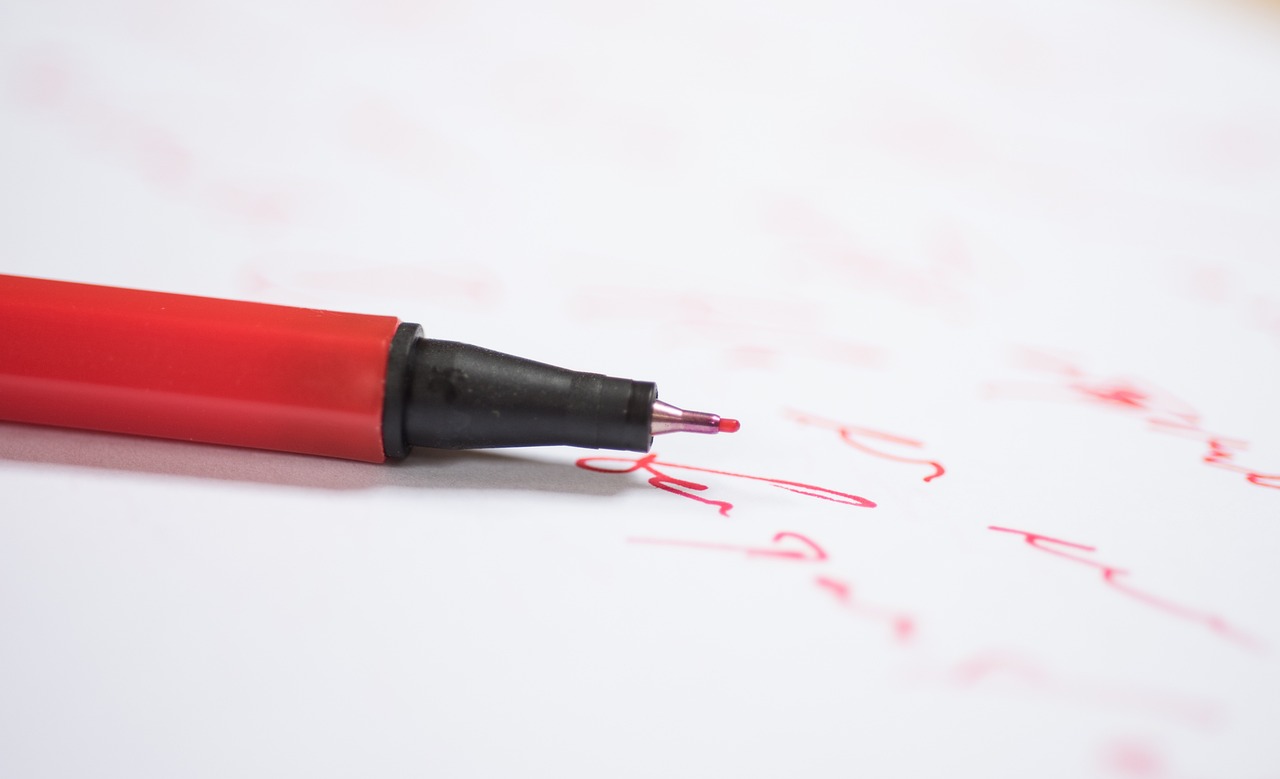
Mechanical Pencils
Mechanical pencils are a game-changer in the world of drawing and sketching. Unlike traditional wooden pencils, these modern tools offer a level of precision and consistency that can elevate your artwork to new heights. Imagine never having to sharpen your pencil again, yet always achieving that perfect line thickness! This is the magic of mechanical pencils. They come equipped with a refillable lead mechanism, which means you can keep drawing without interruption. Whether you're a seasoned artist or just starting, mechanical pencils can become your best friend.
One of the standout features of mechanical pencils is their ability to maintain a consistent line width. This is particularly beneficial for artists who require detailed work, such as technical illustrators and architects. With a mechanical pencil, you can achieve everything from fine, intricate details to broader strokes, all while maintaining control over your lines. The leads come in various sizes, typically ranging from 0.3mm to 0.9mm, allowing you to choose the thickness that best suits your style.
When it comes to selecting a mechanical pencil, you have a variety of options. Some mechanical pencils are designed specifically for sketching, while others are tailored for precise drafting. Here’s a quick breakdown of what to consider:
| Feature | Sketching Pencils | Drafting Pencils |
|---|---|---|
| Lead Size | 0.5mm to 0.9mm | 0.3mm to 0.5mm |
| Grip | Comfortable, ergonomic | Precision grip |
| Lead Type | Graphite, colored | Graphite only |
In addition to their functionality, mechanical pencils come with a variety of features that enhance the drawing experience. For instance, many models include an eraser at the end, which is perfect for quick corrections. Some even have adjustable lead hardness settings, allowing you to switch between different lead types without needing multiple pencils. This versatility makes them an excellent choice for artists who enjoy experimenting with different techniques.
The benefits of mechanical pencils extend beyond convenience. They provide a clean, crisp line that can significantly improve the overall appearance of your artwork. Plus, since you don’t have to sharpen them, you’re less likely to experience interruptions in your creative flow. Imagine being in the zone, and instead of stopping to sharpen your pencil, you can keep going, letting your ideas flow seamlessly onto the page!
However, like any tool, mechanical pencils have their quirks. For instance, some artists find that the leads can break more easily than traditional pencils, especially if too much pressure is applied. It’s essential to find a balance in your drawing technique to avoid this issue. Additionally, while mechanical pencils can be fantastic for detailed work, they might not provide the same tactile feedback as wooden pencils, which some artists prefer for their sketching style.
In conclusion, mechanical pencils are a fantastic addition to any artist's toolkit. They offer precision, convenience, and versatility that can enhance your drawing experience. Whether you're sketching, drafting, or illustrating, these pencils can help you create stunning artwork with ease. So why not give them a try? You might just discover a new favorite tool!
Here are some common questions people have about mechanical pencils:
- What is the best lead size for beginners? - A 0.5mm lead is often recommended as it provides a good balance of durability and precision.
- Can I use colored leads in mechanical pencils? - Yes, many mechanical pencils can accommodate colored leads, making them versatile for various artistic styles.
- Do mechanical pencils require special maintenance? - Generally, they require minimal maintenance, but it's essential to keep the lead mechanism clean to ensure smooth operation.
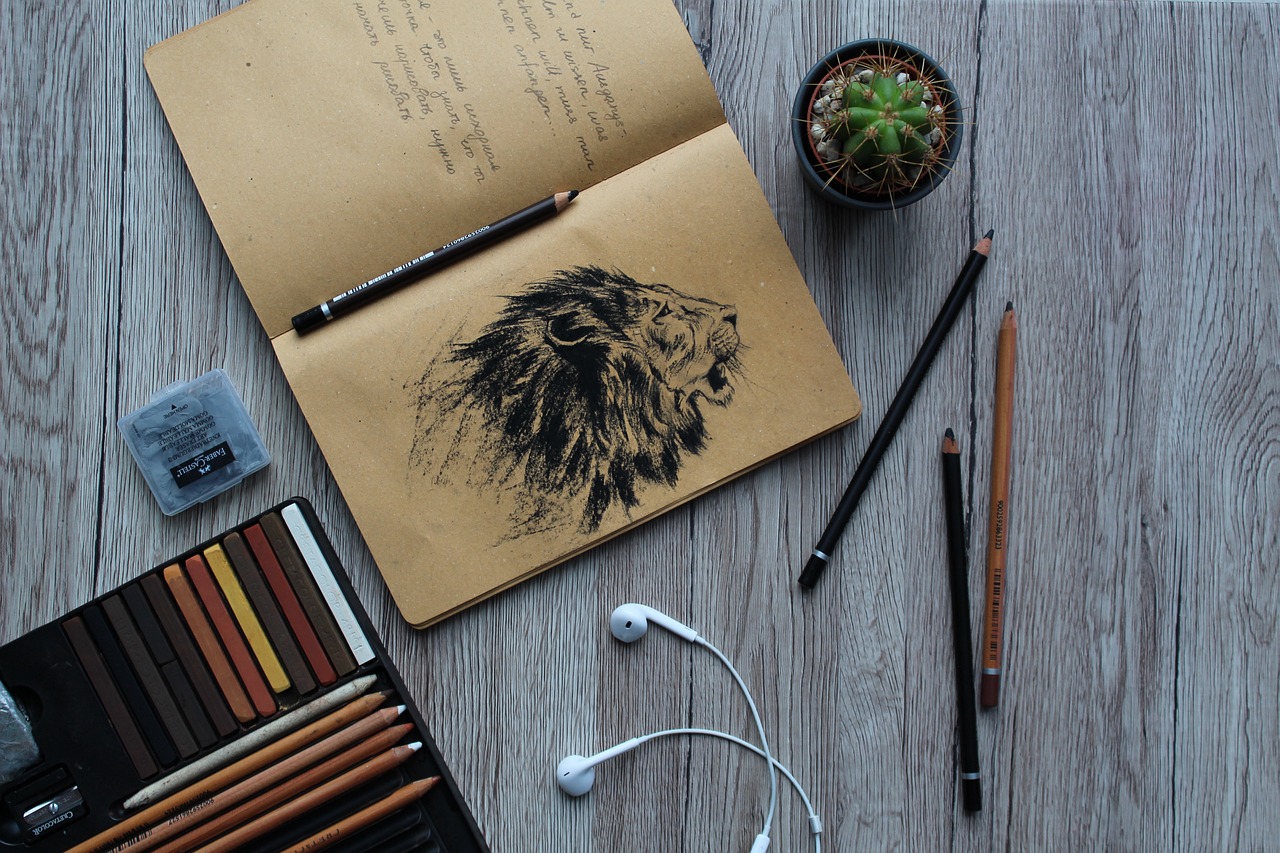
Lead Types for Mechanical Pencils
When it comes to mechanical pencils, one of the most important aspects to consider is the type of lead you’ll be using. Mechanical pencils are renowned for their precision, and the lead you choose can significantly influence your drawing experience. There are several lead types available, each serving different artistic needs and preferences. Understanding these options can help you make an informed choice and elevate your artwork.
The most common lead type for mechanical pencils is graphite lead. This type of lead is versatile and widely used for various drawing techniques. Graphite leads come in different hardness levels, which is indicated by numbers and letters. For instance, a 2B lead is softer and produces darker lines, while an H lead is harder and results in lighter, finer lines. This range allows artists to experiment with shading and detailing, making graphite lead a staple in any artist's toolbox.
Another notable option is colored lead, which opens up a world of vibrant hues for artists looking to add a splash of color to their work. Colored leads can vary in pigmentation and opacity, allowing for everything from subtle tones to bold statements. They are particularly useful for illustrations, sketching, and any artwork where color plays a vital role. However, keep in mind that colored leads may not blend as seamlessly as graphite, so practicing with them can help you master the technique.
Additionally, there are specialty leads designed for specific purposes. For example, some leads are formulated with less breakage in mind, making them ideal for artists who apply a lot of pressure while drawing. Others may be designed for technical drawing, providing a consistent line width that is essential for precise work. Familiarizing yourself with these specialty leads can help you find the perfect match for your specific artistic style.
In summary, the lead type you choose for your mechanical pencil can drastically affect your drawing process. Whether you prefer the classic feel of graphite, the vibrancy of colored leads, or the precision of specialty options, understanding each type will empower you to create stunning artwork. Don't hesitate to experiment with different leads to discover what works best for you!
- What is the difference between H and B leads? H leads are harder and produce lighter marks, while B leads are softer and create darker marks. The higher the number in front of the B, the softer the lead.
- Can I use colored lead in my mechanical pencil? Yes! Many mechanical pencils are compatible with colored leads, allowing you to add vibrant colors to your sketches.
- How do I choose the right lead size for my mechanical pencil? The lead size typically ranges from 0.3mm to 0.9mm. A smaller size offers more precision, while a larger size is better for bold lines.
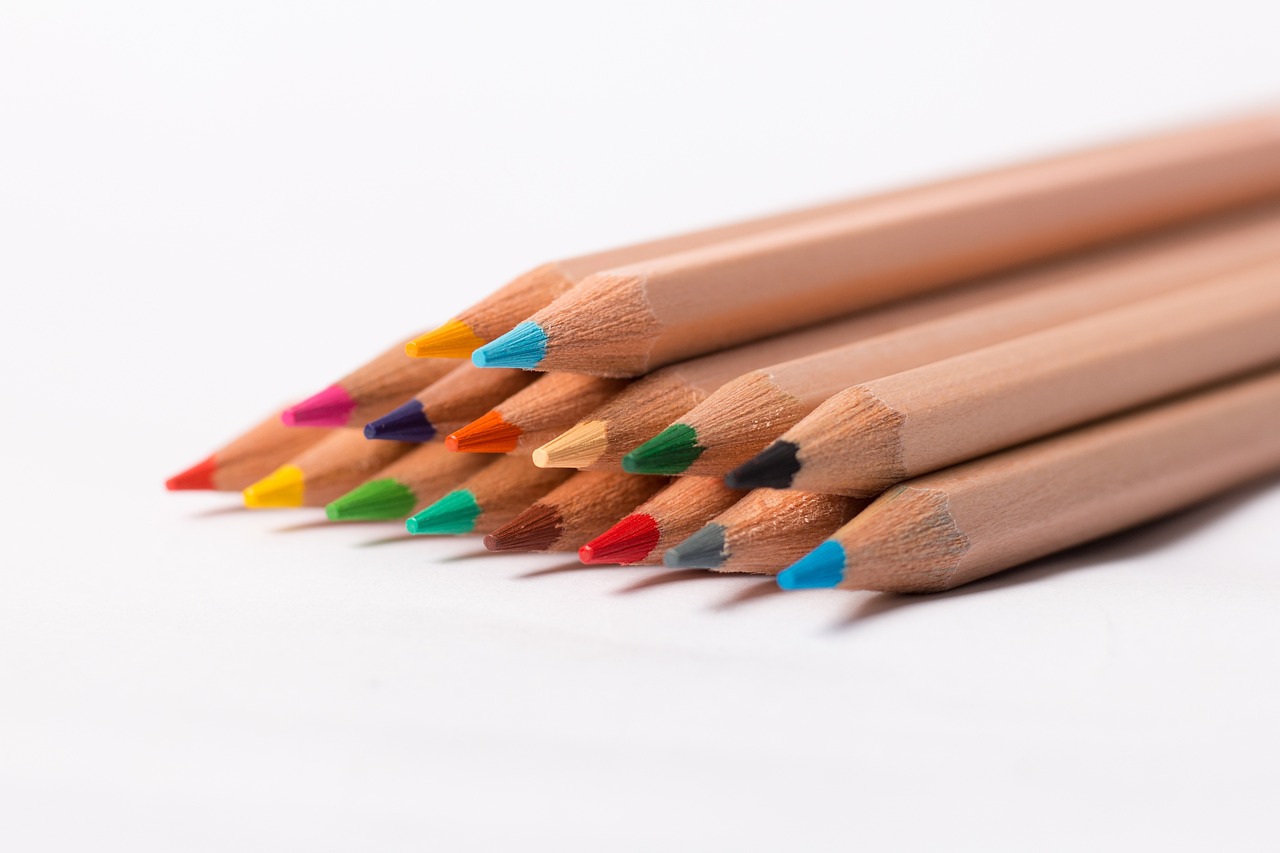
Benefits of Mechanical Pencils
This article provides insights into selecting the perfect drawing pencils, detailing various types, their characteristics, and how they impact your artistic expression. Discover essential tips for artists at all skill levels.
Pencil grades indicate the hardness or softness of the lead, affecting the darkness of the marks. Learn how to interpret these grades to choose the right pencil for your drawing style.
There are various types of drawing pencils, including graphite, colored, and mechanical. Each type serves different artistic purposes, and understanding them can enhance your drawing experience.
Graphite pencils are the most common choice for artists. They come in different grades, allowing for a range of tonal values and techniques in your artwork.
Soft graphite pencils produce darker lines and are ideal for shading, while hard pencils create lighter, finer lines. Understanding their differences can help you achieve desired effects.
Mastering techniques with graphite pencils, such as blending and layering, can significantly enhance your drawings. Explore methods to utilize these pencils to their fullest potential.
Colored pencils offer vibrant hues and are versatile for various styles, from detailed illustrations to broad strokes. Discover their unique qualities and how to incorporate them into your art.
Mechanical pencils provide precision and consistent line thickness, making them popular among technical artists and illustrators. Learn about their advantages and how to select the right one for your needs.
Mechanical pencils use different lead types, including graphite and colored leads. Understanding these options allows you to choose the best fit for your drawing techniques.
When it comes to the world of drawing, mechanical pencils are like the Swiss Army knives of the artistic toolkit—versatile, reliable, and always ready to get the job done. One of the most significant benefits of mechanical pencils is their ability to maintain a consistent line width. Unlike traditional wooden pencils, which require frequent sharpening, mechanical pencils provide a steady flow of lead, allowing you to create smooth, uninterrupted lines. This feature is especially beneficial for artists who work on detailed illustrations or technical drawings, where precision is paramount.
Moreover, the convenience of not having to sharpen your pencil can’t be overstated. Imagine being deep into a creative flow, only to be interrupted by the need to sharpen your pencil. With mechanical pencils, you can focus entirely on your artwork without the hassle of constant interruptions. Additionally, they come in a variety of lead sizes, typically ranging from 0.3 mm to 0.9 mm, giving artists the flexibility to choose the thickness that best suits their style. This adaptability is like having a toolbox filled with various sizes of screwdrivers; each one is perfect for a specific job.
Another advantage of mechanical pencils is the ease of lead replacement. When your lead runs out, simply pop in a new one, and you're back to drawing in seconds. This feature not only saves time but also reduces waste, making them an environmentally friendly option compared to traditional pencils. Furthermore, mechanical pencils often come with erasable leads, allowing for quick corrections without the mess of shavings or eraser residue. This aspect is particularly appealing for artists who value neatness in their work.
In summary, the benefits of mechanical pencils include:
- No sharpening required – maintain your creative flow.
- Consistent line width – perfect for detailed work.
- Variety of lead sizes – tailor your pencil to your drawing style.
- Easy lead replacement – less downtime, more creativity.
- Erasable options – make corrections effortlessly.
So, whether you're sketching a quick idea or working on a detailed masterpiece, mechanical pencils can be a game-changer in your artistic journey.
Q: Can I use mechanical pencils for shading?
A: Yes, mechanical pencils can be used for shading, especially if you select softer lead grades. However, blending techniques may require additional tools like blending stumps or tortillons.
Q: Are colored leads available for mechanical pencils?
A: Absolutely! Many brands offer colored leads, allowing you to add vibrant touches to your sketches or illustrations.
Q: How do I choose the right lead size?
A: It depends on your drawing style. Thinner leads (0.3 mm) are great for fine details, while thicker leads (0.7 mm and above) are better for bold lines and shading.
Frequently Asked Questions
- What are pencil grades and why are they important?
Pencil grades indicate the hardness or softness of the lead, which directly affects the darkness and lightness of the marks you can make. Understanding these grades helps you select the right pencil based on your drawing style and the effects you want to achieve.
- What is the difference between soft and hard graphite pencils?
Soft graphite pencils produce darker lines, making them perfect for shading and creating rich tonal values. On the other hand, hard pencils create lighter, finer lines, which are great for detailed work. Knowing when to use each can elevate your artwork significantly!
- Can I use colored pencils for detailed illustrations?
Absolutely! Colored pencils are incredibly versatile and can be used for everything from detailed illustrations to broad strokes. Their vibrant hues allow for a range of artistic expressions, so don't hesitate to experiment with them in your artwork.
- What are the benefits of using mechanical pencils?
Mechanical pencils offer several advantages, such as no need for sharpening, consistent line width, and the ability to easily switch between different lead types. These features make them a favorite among technical artists and illustrators who value precision in their work.
- What types of leads can I use in mechanical pencils?
Mechanical pencils can use various lead types, including graphite and colored leads. Understanding the different options available allows you to choose the best lead for your specific drawing techniques and artistic needs.
- How can I improve my drawing techniques with graphite pencils?
To enhance your skills with graphite pencils, practice techniques like blending, layering, and varying your pressure. These methods can help you achieve depth and texture in your drawings, making them more dynamic and engaging.



















